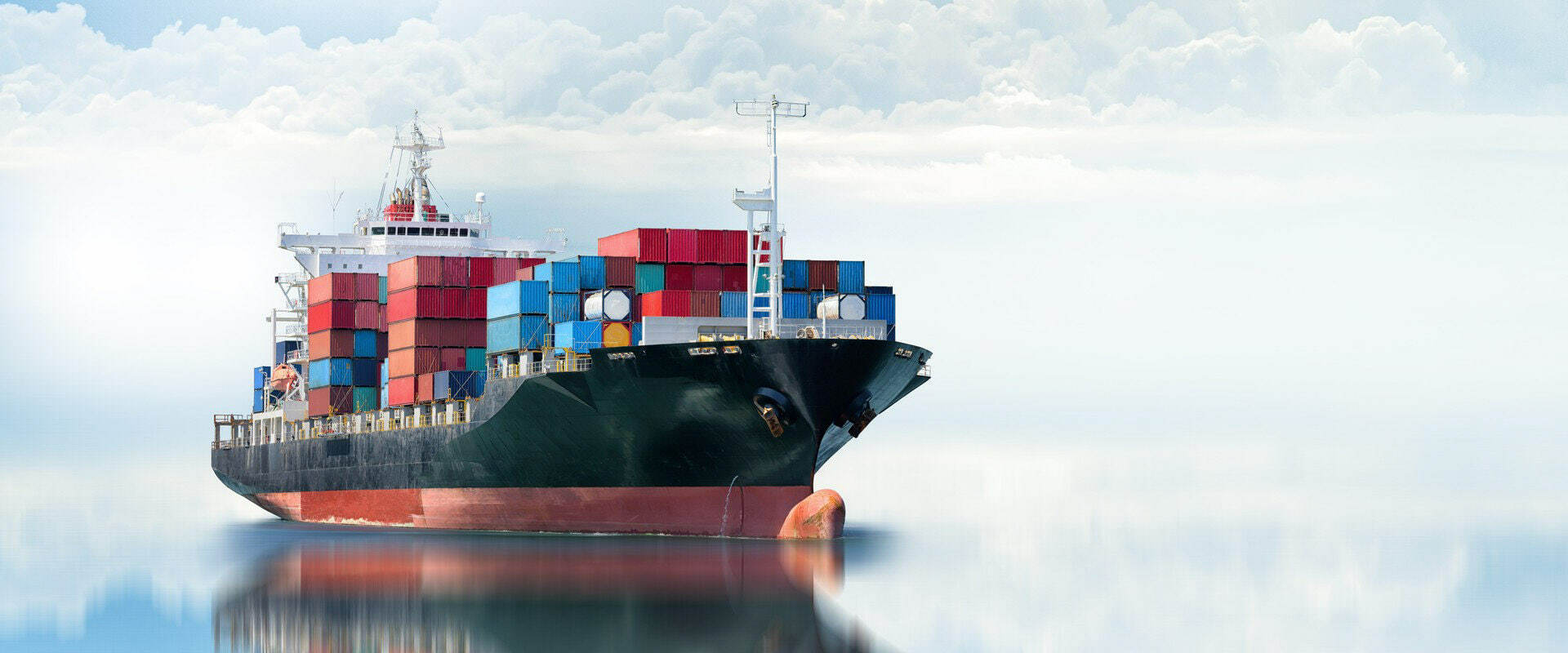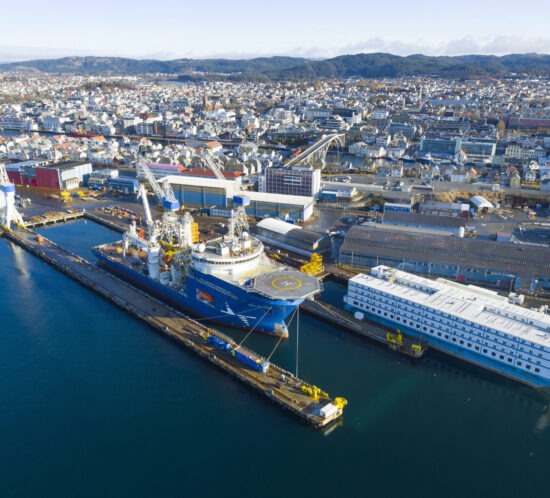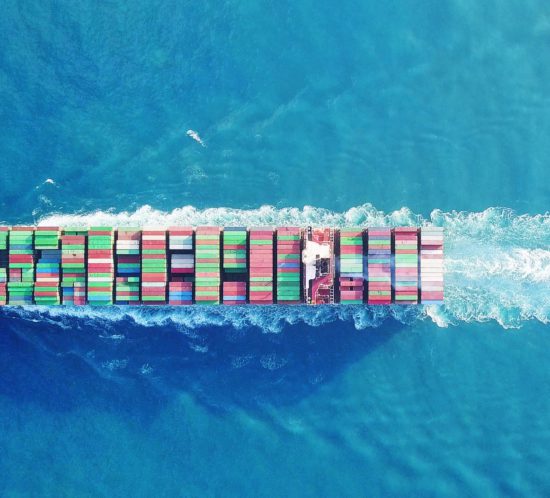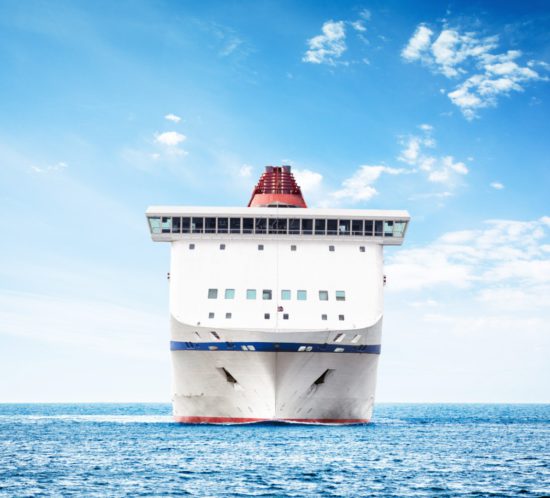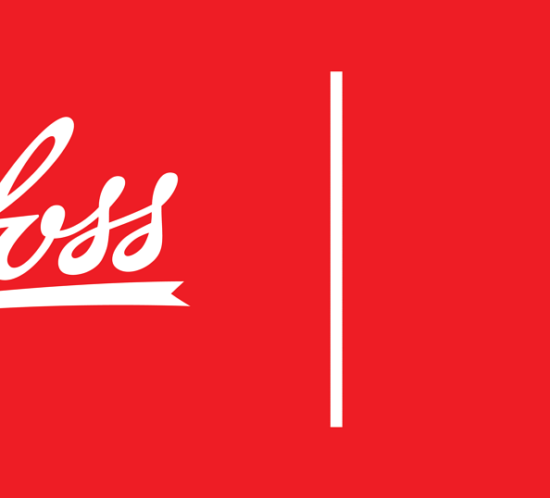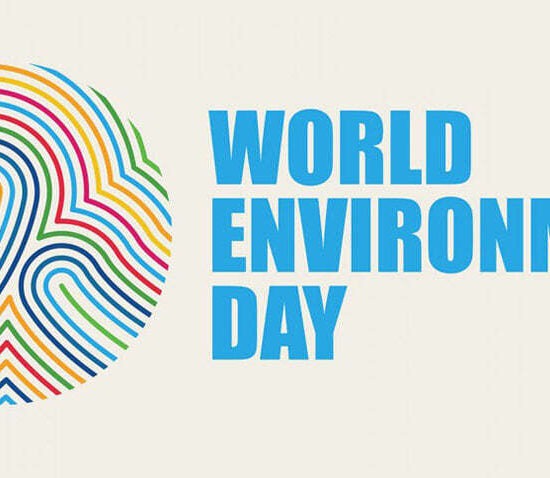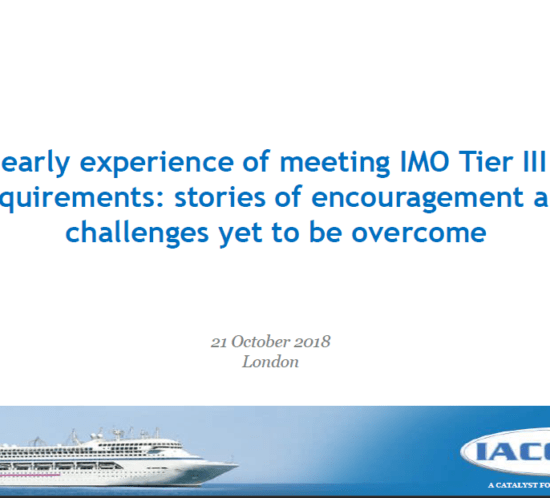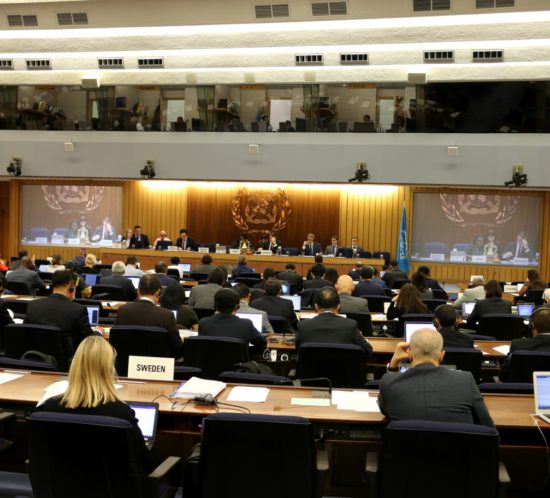IACCSEA Responds to Irish Government Consultation on ECAs
The Irish Department of Transport is proposing a new Emission Control Area (ECA) in the Northeast Atlantic Ocea at the IMO in 2025. IACCSEA seeks to engage with policy makers to establish a transition to cleaner shipping, so we welcomed the opportunity to provide comment.
IACCSEA welcomes the ambition outlined in the proposal for lower emissions of SOx PM and NOx from shipping. Our comments are focussed on IACCSEA’s major interest – reducing emissions of NOx.
Over the last few decades our appreciation of NOx emissions from shipping has improved and we now know that NOx can travel long distances, many hundreds of miles, so the proposed wider adoption of the ECA will lead to lowering exposure to NOx in Ireland, the UK and Europe. We support the shipping sector’s willingness to play an increasingly important role in limiting its environmental impact and in reducing wider exposure to NOx emissions. We recognise the benefit / costs ratio associated with expanding NOx ECA’s now are linked to the fact that most vessels built today have Tier III compliant equipment such as Selective Catalytic Reduction (SCR) systems installed, and that more can and should be done to encourage more extensive adoption of Tier III compliant technology. We support policy that enables:
- Certification processes that are effective, efficient and as simple as possible so that they ensure significant reduction of NOx emissions are achieved. As part of this we support early implementation of the ECA where operation of Tier III systems is not restricted by keel laying date.
- Wider adoption of Continuous Emissions Monitoring Systems (CEMS) to ensure “real world” compliance as an alternative to the reference-based certification schemes we have now.
- Retrofitting of Tier III technology to the existing fleet – learning the lessons from the Norwegian NOx Fond, so that NOx emissions are dramatically reduced in the short term.
If you or your organisation would like to engage with IACCSEA to discuss this topic, or explore options to join IACCSEA and help us transition to cleaner shipping, don’t hesitate to get in touch at secretary@iaccsea.com.

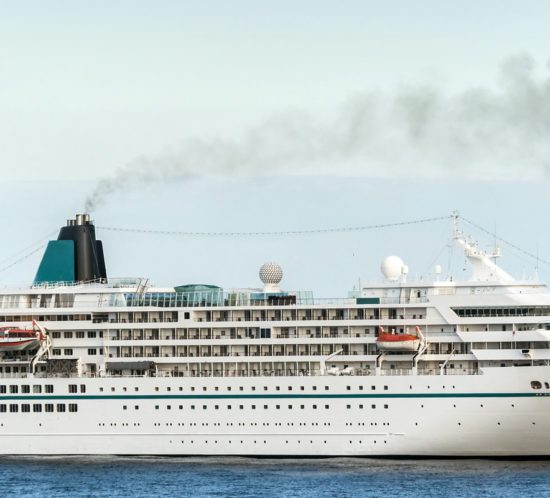
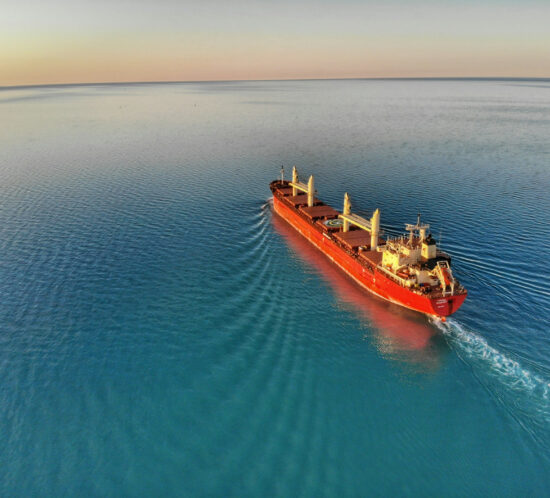
![Figure 2: Global shipping NOx emissions [5]](https://www.iaccsea.com/wp-content/uploads/2024/03/Visualising-NOx-shipping-emissions-from-space-Figure-2.png)
![Figure 1: a) Nitrogen dioxide detection from the Copernicus Sentinel 5-P satellite [3],b) NOx emissions from shipping in European Seas [4]](https://www.iaccsea.com/wp-content/uploads/2024/03/Visualising-NOx-shipping-emissions-from-space-Figure-1-1024x498.png)
